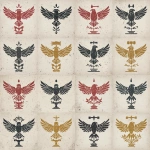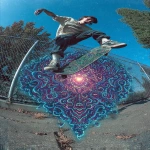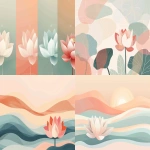Explore the Best AI Image Gallery

Brushstrokes of Binary: The Evolution and Impact of AI-Generated Imagery
The fusion of art and technology has always been a fertile ground for innovation. With the advent of Artificial Intelligence (AI), this interminglement has taken a fascinating twist: AI-generated imagery. This revolutionary technology has opened up new horizons in the world of creative visualization, allowing machines to generate breathtaking designs that are intricate and unique.
The Impact on the Creative Industry
AI-generated imagery has significantly influenced the creative sector, bringing a paradigm shift in the way designs are conceived and executed. Traditionally, the process of creating visual content was dependent solely upon human creativity. However, AI now offers a tool that can supplement and enhance this creativity. Artists and designers can delegate more tedious aspects of their work to AI engines, enabling them to focus on the more critical creative aspects.
Potential Uses
AI-generated imagery is not only confined to the realm of art and design but also finds applications in various domains. In the fashion industry, AI algorithms are used to create new clothing designs. In movie and video production, AI has been used to generate realistic characters and scenarios. In the advertising sector, AI can produce unique, eye-catching visuals for campaigns. In fact, AI-generated art even made headlines in 2018 when Christie's auctioned its first-ever painting generated by the AI system, GAN, selling it for a hefty $432,500.
Ethical Considerations
As with any transformative technology, AI-generated imagery also poses several ethical questions. Who owns the rights to the images generated by AI? How do we regulate AI use to prevent misuse and infringement of intellectual property rights? These are critical issues that require careful deliberation and regulation.
Future Trends
The capabilities of AI in generating images are increasing at a rapid pace with advances in machine learning techniques. Augmented reality (AR) and virtual reality (VR) offer new avenues where AI-generated imagery can play a pivotal role in creating immersive environments. Moreover, the rise of deepfake technology, which uses AI to create hyper-realistic images and videos, opens unnerving possibilities for the generation of content that blurs the line between the real and the virtual. Despite its challenges, it's quite clear that AI imagery has a promising future, likely to permeate various facets of our visual culture.
AI-generated imagery, thus, stands at the crossroads of art and technology. It's a new canvas that artists, designers, and technologists are using to paint a future both riveting and challenging. We stand at the cusp of an era where creativity is not confined to the human brain – it's being extended and enhanced by machines, in ways we are only beginning to fathom.
The Conclusion
The influx of AI in art and imagery is undoubtedly transformative. As we navigate this evolving landscape, it’s crucial to foster a dialogue around the ethical implications of this technology, even as we marvel at its potential. For now, it seems AI-generated art and the questions it poses are here to stay, making it a thrilling chapter in the annals of both art and technology.
](https://images.ai-img.art/thumbnails/150/1f5b798b3922304bf6c37ce90b7a9290370c44a8bcfbfb0180b93faa4b02f73a.webp)


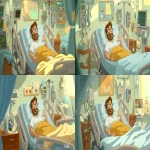
](https://images.ai-img.art/thumbnails/150/461af9b1ecfbca79f228584c0f3751118c0f696486cadcccf30ab2600b74bc0b.webp)

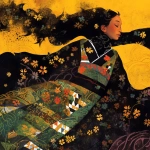
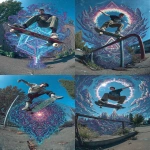


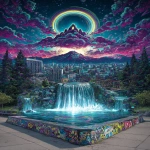

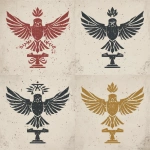
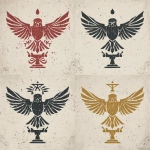
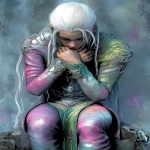
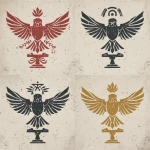
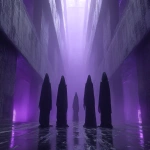
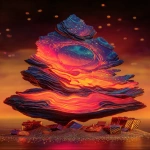
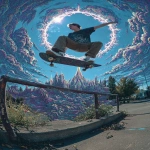
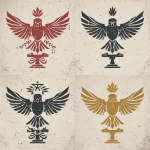
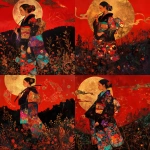
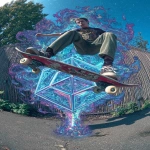

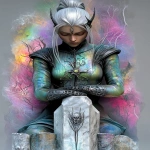
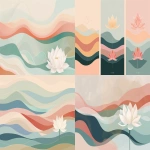
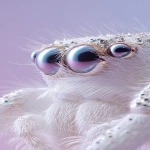
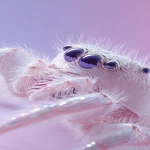
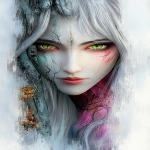
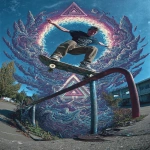
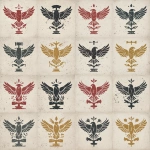

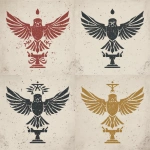
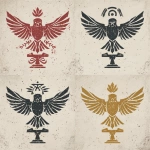
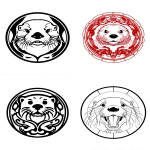


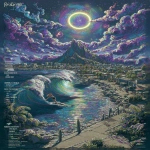
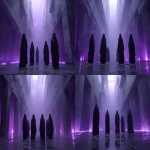
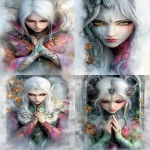
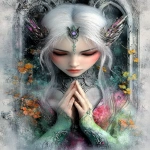

](https://images.ai-img.art/thumbnails/150/1ce1e6bd70605ae20fb18eb21544092347b1baebb547304b9002eb707483f172.webp)
](https://images.ai-img.art/thumbnails/150/c9437d9698a6c6c26564883d095b411feaeda2095b19e025e8c1668085441c5c.webp)

